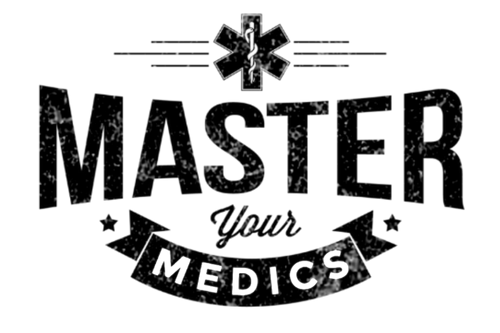Mastering the Step Approach to Intubation: A Journey from Tongue to Vallecula
The step approach to intubation is a methodical way to ensure safety and efficiency during the intubation process. In this blog post, we will explore the nuances of this technique, starting at the tongue and advancing the blade gently until reaching the vallecula.
Before delving into the step approach remember no intubation technique will be consistently successful without proper preparation, resuscitation, and positioning.
How the step approach works
Step 1 : Gently insert the laryngoscope blade into the mouth, starting at the right side of the mouth and sweeping the tongue to the left. This initial step helps clear your view as you advance.
Step 2 : As you advance, visualize each anatomical landmark. It's a journey of continued advancement rather than forceful progression.
As you reach the base of the tongue, The first critical landmark is the epiglottis.
Step 3 : The space just beyond the base of the tongue is the vallecula, think of this as the crook of the elbow, when the blade slides into this spot you will engage the hyoepiglottic ligament which lifts the epiglottis and allows for optimal elevation of the epiglottis and visualization of the vocal cords.
Step 4 : Use a gentle, upward and forward motion to lift the laryngoscope handle. Avoid using it as a lever, as this can cause dental or soft tissue injury. With correct blade positioning and lifting technique, the vocal cords should come into view.
Step 5 : Insert the bougie tube through the vocal cords and advanced your ET Tube.
Step 6 : Confirmation placement with ETCO2 and secure the ET Tube.
The step approach to intubation is a methodical technique. It emphasizes gentle progression, clear visualization of anatomical landmarks, when you’re in a stressful airway situation, having a methodical approach like this can help you gain some control over the situation and reduce your stress.
Remember, no technique will help you improve your intubation skills without consistent training, so get your airway manikin out and practice on a regular basis.
